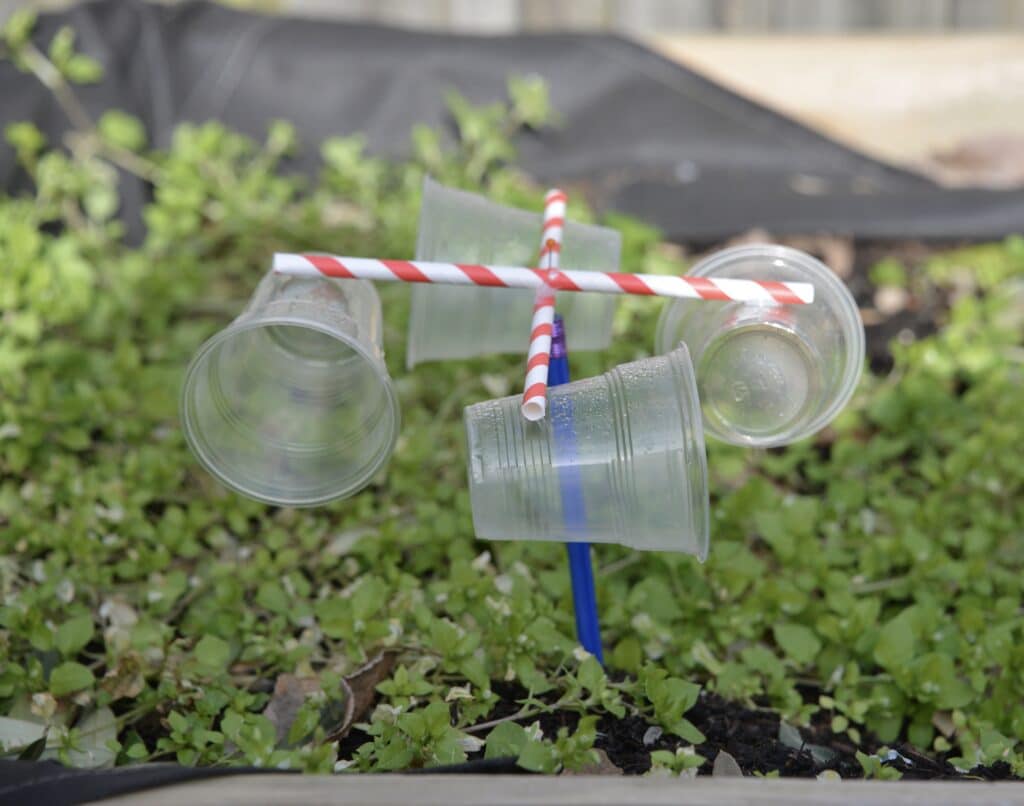Top Attributes to Search For in a Reliable Anemometer for Accurate Wind Measurement
Top Attributes to Search For in a Reliable Anemometer for Accurate Wind Measurement
Blog Article
Anemometers Revealed: Recognizing Their Importance in Ecological Tracking and Precaution
The role of anemometers in ecological surveillance and safety steps is usually taken too lightly, yet their significance is undeniable. These instruments have a long history rooted in scientific inquiry and technological advancements, developing to end up being essential tools in different fields. From meteorology to aviation security, anemometers play a critical duty in supplying accurate data that educates decision-making processes and enhances overall security. Recognizing the complexities of anemometers introduces a globe of crucial insights that are basic to our understanding of the setting and the steps we take to ensure security.
Background of Anemometers
The advancement of anemometers can be traced back to the old people where primary wind measuring tools were initial utilized. One of the earliest recognized anemometers was the hemispherical mug anemometer designed by Leon Battista Alberti in the 15th century.
Over the years, improvements in technology led to the growth of more modern anemometers, including ultrasonic anemometers and laser Doppler anemometers, offering raised precision and performance in determining wind rate and direction. The history of anemometers showcases an exceptional trip of advancement and progression in the field of meteorology.
Kinds of Anemometers
Throughout the area of meteorology, various kinds of anemometers have been developed to accurately gauge wind rate and direction. Sonic anemometers make use of ultrasonic signals to measure wind rate and direction properly. Hot-wire anemometers operate based on the principle that the cooling effect of wind on a heated wire is symmetrical to the wind speed.
Applications in Weather Forecasting
Having actually talked about the various kinds of anemometers made use of in meteorology for determining wind rate and instructions, it is important to explore their useful applications in the area. Anemometers play a critical role in meteorology by giving accurate and real-time information on wind conditions (anemometer). Meteorologists use anemometers to monitor wind rate and instructions to anticipate climate patterns, issue cautions for serious weather occasions like hurricanes, tornadoes, and tornados, and analyze climatic problems for aviation safety
In meteorology, anemometers aid in comprehending local and local wind patterns, which are important for anticipating weather adjustments and determining climatic patterns. These devices are likewise used in study to research microclimates, city warm islands, and air pollution important source dispersion. In addition, anemometers are used in farming to enhance crop administration methods, such as irrigation and chemical application, based upon wind conditions.
Value in Air Travel Security
An indispensable element of making certain air travel security depends on the meticulous tracking of wind conditions utilizing anemometers. Anemometers play an important duty in aviation by giving real-time data on wind rate and instructions, helping pilots in making educated decisions throughout trip, touchdown, and take-off. Solid and unpredictable winds can substantially impact over here aircraft operations, making it crucial for air travel authorities to count on accurate wind measurements to make certain the safety and security of passengers and team.

In the vibrant setting of air travel, where even small adjustments in wind rate and instructions can have extensive results, anemometers stand as vital devices for advertising secure and secure air traveling.
Function in Environmental Research Study
Anemometers play a critical function in environmental study by giving essential data on wind speed and direction. By properly measuring wind features, anemometers assist researchers evaluate the movement of pollutants in the air, evaluate the impact of commercial exhausts, and anticipate the spread of impurities in the setting.


Conclusion
In conclusion, anemometers have actually played an essential function in ecological monitoring and safety measures. Recognizing the value of anemometers is important for accurately gauging wind speed and instructions, which is essential for anticipating weather condition patterns, making sure safe air travel procedures, and carrying out environmental research studies.
One of the earliest well-known anemometers was the hemispherical mug anemometer designed by Leon Battista Alberti in the 15th century. Over the years, advancements in modern technology led to the growth of even more contemporary anemometers, including ultrasonic anemometers and laser Doppler anemometers, offering enhanced accuracy and efficiency in measuring wind rate and instructions. Hot-wire anemometers run based on the concept that the cooling result of wind on a heated wire is symmetrical to the wind rate. Meteorologists utilize anemometers to monitor wind speed and direction to forecast weather condition patterns, concern warnings for severe weather events like tornados, tornadoes, and typhoons, and examine atmospheric problems for air travel safety and security.
Understanding the relevance of anemometers is essential for properly determining wind speed and instructions, which is crucial for predicting weather patterns, making certain safe air travel operations, and carrying out environmental studies. (anemometer)
Report this page